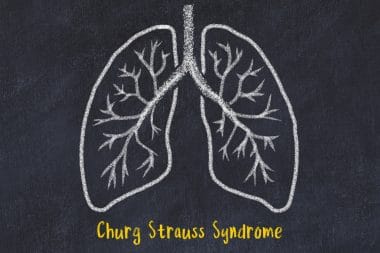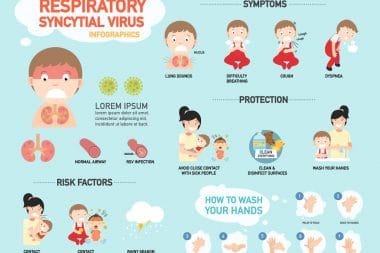Why some children develop food allergies and others do not has been puzzling both parents and doctors. A new study shows that kids living in big cities are more prone to food allergies than their friends living in the rural areas. This is particularly obvious with allergies to peanut and shellfish. Scientists explain the results of their study by the high population density in cities compared to the density in the countryside.
Food allergies and environment
Dr. Gupta and her team from the Northwestern Feinberg School of Medicine studied 38,465 children, 18 years and less, from all ethnic and economic groups. Their conclusion is that the prevalence of food allergies in the cities can be explained by the higher population density, confirming their belief that environmental factors play large role in the development of food allergies in children. According to Dr. Gupta,
9.8 percent of urban children have food allergies, and only 6.2 percent in rural communities. Two times more urban kids have allergy to peanuts than those living in rural areas. Similar difference shows for the shellfish allergy. What is still not clear is what exactly in the environment triggers food allergies. The results of this study will be published in July, in the Clinical Pediatrics journal.
Kids in danger
Food allergies are serious problem among American children. According to the study published in the Journal of Allergy and Clinical Immunology, about 5.9 million children in the USA now have a food allergy that can be potentially life-threatening. Kids that have severe allergic reaction to some foods experience difficulty breathing, drop in blood pressure, swelling of the throat and face. Every three minutes one American ends up in the emergency room because of food allergy.
Similar studies were conducted on the urban prevalence of eczema, conjunctivitis and allergic rhinitis. Scientists believe that one potential explanation for this can be early exposure of rural kids to certain bacteria associated with rural living. This exposure may protect rural children from becoming hypersensitive to certain allergens. Another potential explanation is that common pollutants found in the cities may trigger the food allergies development.
The goal of the research conducted by Dr. Gupta and her colleagues is to find out the allergy triggers in the effort to find a cure for food allergies. At the moment, no cure exists at the moment and physicians only treat the symptoms.







Reply